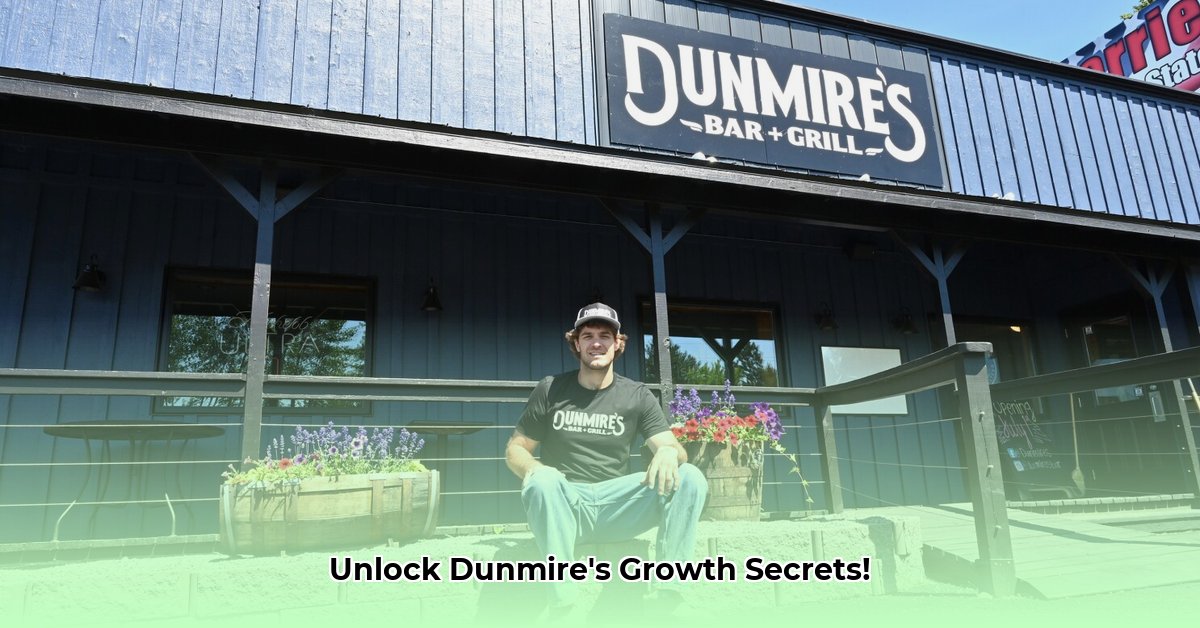
This report analyzes Dunmire's menu offerings at its East Brainerd and Lakes locations, providing actionable insights for improved profitability and growth. Due to limited data availability, this report focuses on establishing a framework for future data-driven decision-making.
Short-Term Strategies: Immediate Improvements
To quickly enhance Dunmire's operational efficiency and profitability, the following short-term strategies are recommended:
Comprehensive Menu Inventory: Conduct a thorough inventory of all menu items at both locations, documenting pricing, ingredients, and preparation methods. This detailed comparison will reveal opportunities for standardization and cost optimization.
Establish Key Performance Indicators (KPIs): Define measurable goals focusing on average customer spend, customer satisfaction (via online reviews and surveys), and profitability per location. Tracking these KPIs will provide quantitative data for assessing the effectiveness of implemented strategies. How can we best measure customer satisfaction and link it directly to menu choices?
Cost Analysis of Menu Items: Perform a detailed cost analysis of each menu item to identify areas for cost reduction without compromising quality. This analysis should incorporate ingredient costs, labor, and other relevant expenses. What are the most cost-effective ingredients without sacrificing quality and taste?
Proactive Customer Feedback Management: Actively monitor online reviews on platforms like Yelp and Google Reviews, responding promptly and professionally to both positive and negative feedback. This demonstrates customer-centricity and provides valuable insights into customer preferences. What percentage of online reviews should be responded to within 24 hours to maximize positive impact?
Targeted Marketing for Each Location: Develop tailored marketing strategies for each location, leveraging their unique characteristics and customer demographics. What unique selling propositions (USPs) can be highlighted at each location to attract a broader customer base?
Long-Term Vision: Sustainable Growth and Expansion
To achieve sustainable growth and expansion over the next 3-5 years, the following long-term strategies should be considered:
Strategic Expansion: Explore potential for expansion through new locations or franchising opportunities, adapting the menu to cater to local preferences in new markets. What market research is needed to identify optimal locations for expansion?
Technology Integration: Invest in a robust Customer Relationship Management (CRM) system and Point of Sale (POS) system to gather data on customer behaviors, purchasing patterns, and menu item performance. Data analytics will inform data-driven decisions throughout the operation. What ROI can be expected from a state-of-the-art CRM and POS system?
Dynamic Menu Management: Implement a strategy for regularly updating the menu with seasonal ingredients, incorporating emerging food trends, and introducing new menu items based on customer feedback and market analysis. What percentage of the menu should be updated seasonally to maintain customer interest?
Brand Building and Consistency: Establish a strong and consistent brand image across all locations, fostering customer recognition and loyalty. This cohesive brand identity will strengthen customer loyalty and recognition. How can we measure brand awareness and loyalty to assess the effectiveness of our branding efforts?
Data-Driven Decision Making: Utilize data gathered from CRM, POS systems, and online reviews to inform decisions relating to menu optimization, marketing campaigns, and operational efficiency. What is the optimal frequency of menu reviews and adjustments based on data analysis?
Data Gaps and Next Steps
The effectiveness of these strategies depends on acquiring additional data:
- Complete Menu Data: Obtain complete and accurate menu information for both Dunmire's locations.
- Customer Feedback Analysis: Conduct a comprehensive review of online feedback across multiple platforms.
- Financial Performance Data: Collect detailed financial information, including revenue, costs, and profit margins for each location.
- Operational Data: Gather information on staffing levels, inventory management practices, and supply chain efficiency.
- Competitive Landscape Analysis: Analyze the menus and offerings of competing restaurants in both locations.
By addressing these data gaps, Dunmire's management can make informed decisions concerning menu optimization and achieve substantial growth. The consistent application of data-driven strategies is key to unlocking the full potential of Dunmire's restaurant locations.